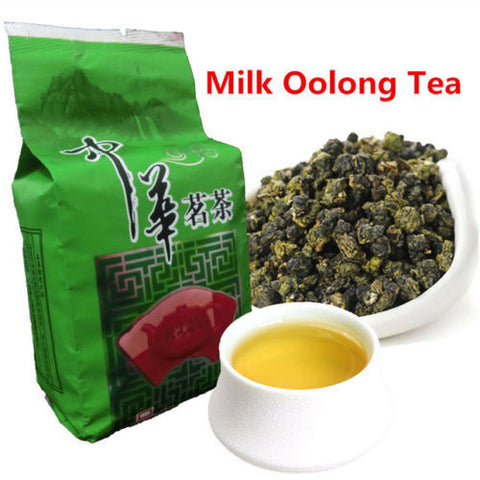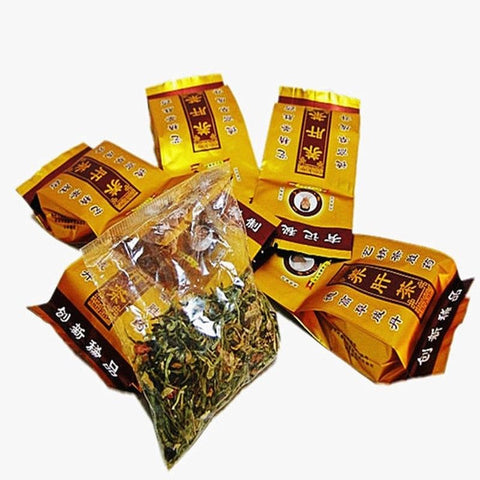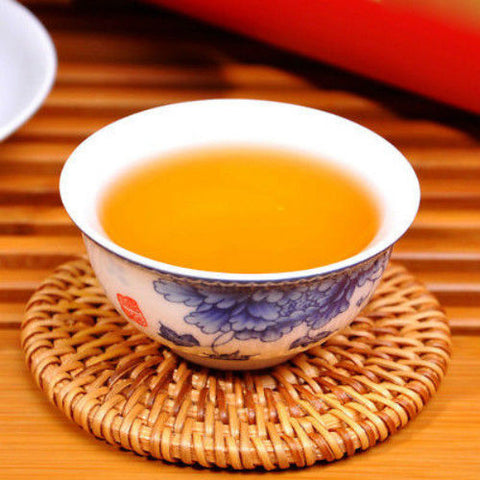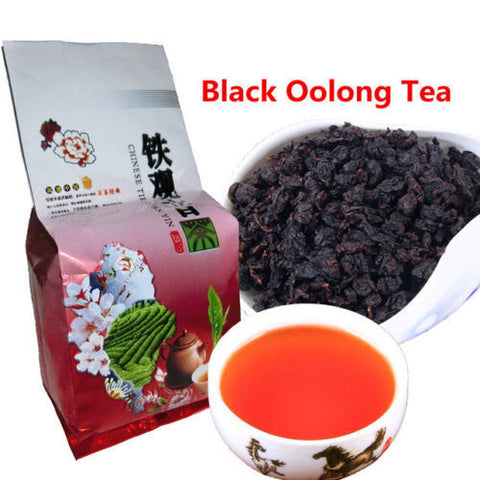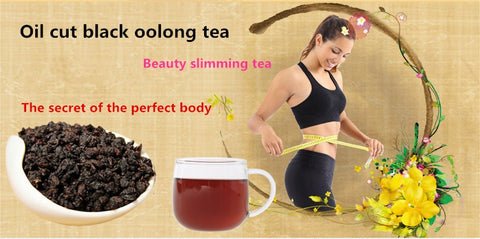330gOrganicBai Mu Dan White Peony Tea Cake Fuding White Tea China Tea
2
sold in last
8
hours
Limited-Time Offers, End in:
$29.84
Type: White tea. Net Weight: 330g/pc, Origin: FuDing country, Fujian Province, China. Bai Mudan "white peony" is a type of white tea made from plucks each with one leaf shoot and two immediate young leaves.Bai Mudan is sometimes preferred by white tea drinkers for its fuller flavor and greater potency...
customers are viewing this product
Type: White tea.
Net Weight: 330g/pc,
Origin: FuDing country, Fujian Province, China.
Bai Mudan "white peony" is a type of white tea made from plucks each with one leaf shoot and two immediate young leaves.Bai Mudan is sometimes preferred by white tea drinkers for its fuller flavor and greater potency than the other major type of white tea, Bai Hao Yinzhen. The latter is made purely with leaf shoots, and so it is comparatively softer and more subtle. The typical taste of Bai Mudan is a result of both the processing and the tea plant cultivars employed in the production.
Production Processing:
The family of tea cultivars used in producing Bai Mudan are the "Dai Bai" varieties. In eastern Fujian, the cultivar Fuding Dai Bai is used. In northern Fujian, the Zhenghe Dai Bai cultivar is used. The differences in the plant yield two distinct styles of Bai Mudan: the Fuding variety and the Zhenghe variety.
Genuine Bai Mudan is a white tea, therefore, it is a slightly oxidized tea. The plucks are sun-withered for an extended period of time and then piled briefly for oxidation, during which enzymes of the tealeaves interact with other constituents to form new materials that result in the final taste and aroma character of the tea. Depending on the weather, conditions of the pluck and the taste style requirements of the finished products, the sunning may last between 1 to 3 days and the piling between half and 3 hours.
The leaves are then baked to dry for packing. It is important to note that the handling of the leaves remains gentle and non-intrusive throughout the process to avoid breaking of the cell structure. This is needed because once the cell walls are physically broken, oxidation of the leaves quickens and the quality will be compromised.
Although the processing steps are simpler than those for other teas, the long process and the variable factors during which are key cost factors. For example, a sudden rainstorm during the lengthy withering can be destructive.
White Tea Benefits:
1. Cancer Prevention;
2. Lose That Fat;
3. Rededuce That Cholestrol;
4. Lower Blood Pressure;
5. Scare Those Bacteria To Oblivion;
6. Healthier Skin And Acne prevention.
Tasting and brewing:
1. Generally use 3g white tea per 200ml (7oz) water.
2. The water temperature for brewing white tea should be 100% boiled water.
3. Pour the hot water over the tea leaves, and wait for about 5 minutes' infusion when the water becomes light yellow.
4. Then enjoy the tea. Could brew 4-5 times.

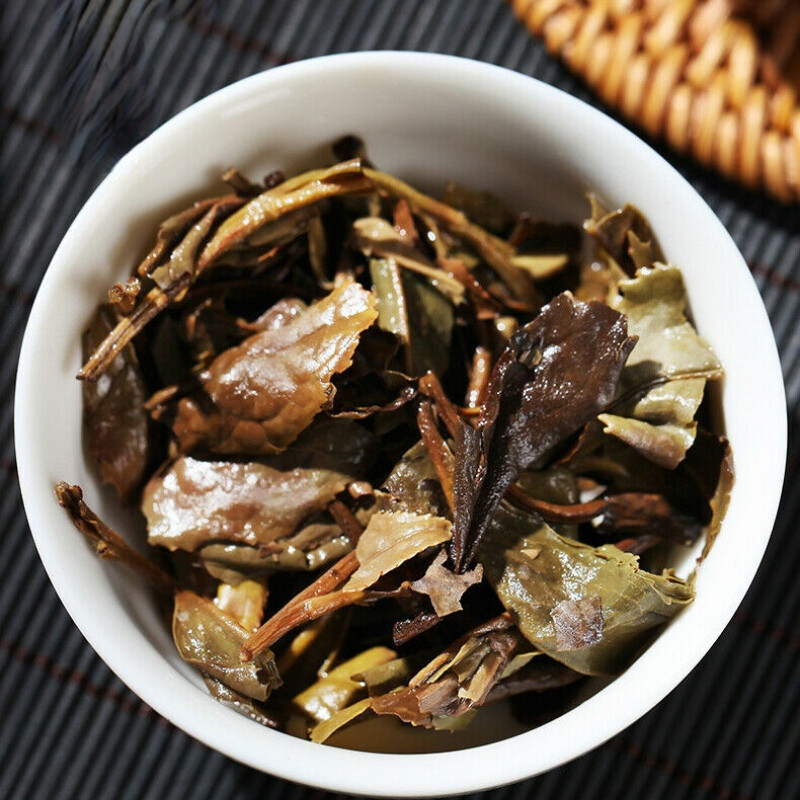




Net Weight: 330g/pc,
Origin: FuDing country, Fujian Province, China.
Bai Mudan "white peony" is a type of white tea made from plucks each with one leaf shoot and two immediate young leaves.Bai Mudan is sometimes preferred by white tea drinkers for its fuller flavor and greater potency than the other major type of white tea, Bai Hao Yinzhen. The latter is made purely with leaf shoots, and so it is comparatively softer and more subtle. The typical taste of Bai Mudan is a result of both the processing and the tea plant cultivars employed in the production.
Production Processing:
The family of tea cultivars used in producing Bai Mudan are the "Dai Bai" varieties. In eastern Fujian, the cultivar Fuding Dai Bai is used. In northern Fujian, the Zhenghe Dai Bai cultivar is used. The differences in the plant yield two distinct styles of Bai Mudan: the Fuding variety and the Zhenghe variety.
Genuine Bai Mudan is a white tea, therefore, it is a slightly oxidized tea. The plucks are sun-withered for an extended period of time and then piled briefly for oxidation, during which enzymes of the tealeaves interact with other constituents to form new materials that result in the final taste and aroma character of the tea. Depending on the weather, conditions of the pluck and the taste style requirements of the finished products, the sunning may last between 1 to 3 days and the piling between half and 3 hours.
The leaves are then baked to dry for packing. It is important to note that the handling of the leaves remains gentle and non-intrusive throughout the process to avoid breaking of the cell structure. This is needed because once the cell walls are physically broken, oxidation of the leaves quickens and the quality will be compromised.
Although the processing steps are simpler than those for other teas, the long process and the variable factors during which are key cost factors. For example, a sudden rainstorm during the lengthy withering can be destructive.
White Tea Benefits:
1. Cancer Prevention;
2. Lose That Fat;
3. Rededuce That Cholestrol;
4. Lower Blood Pressure;
5. Scare Those Bacteria To Oblivion;
6. Healthier Skin And Acne prevention.
Tasting and brewing:
1. Generally use 3g white tea per 200ml (7oz) water.
2. The water temperature for brewing white tea should be 100% boiled water.
3. Pour the hot water over the tea leaves, and wait for about 5 minutes' infusion when the water becomes light yellow.
4. Then enjoy the tea. Could brew 4-5 times.


